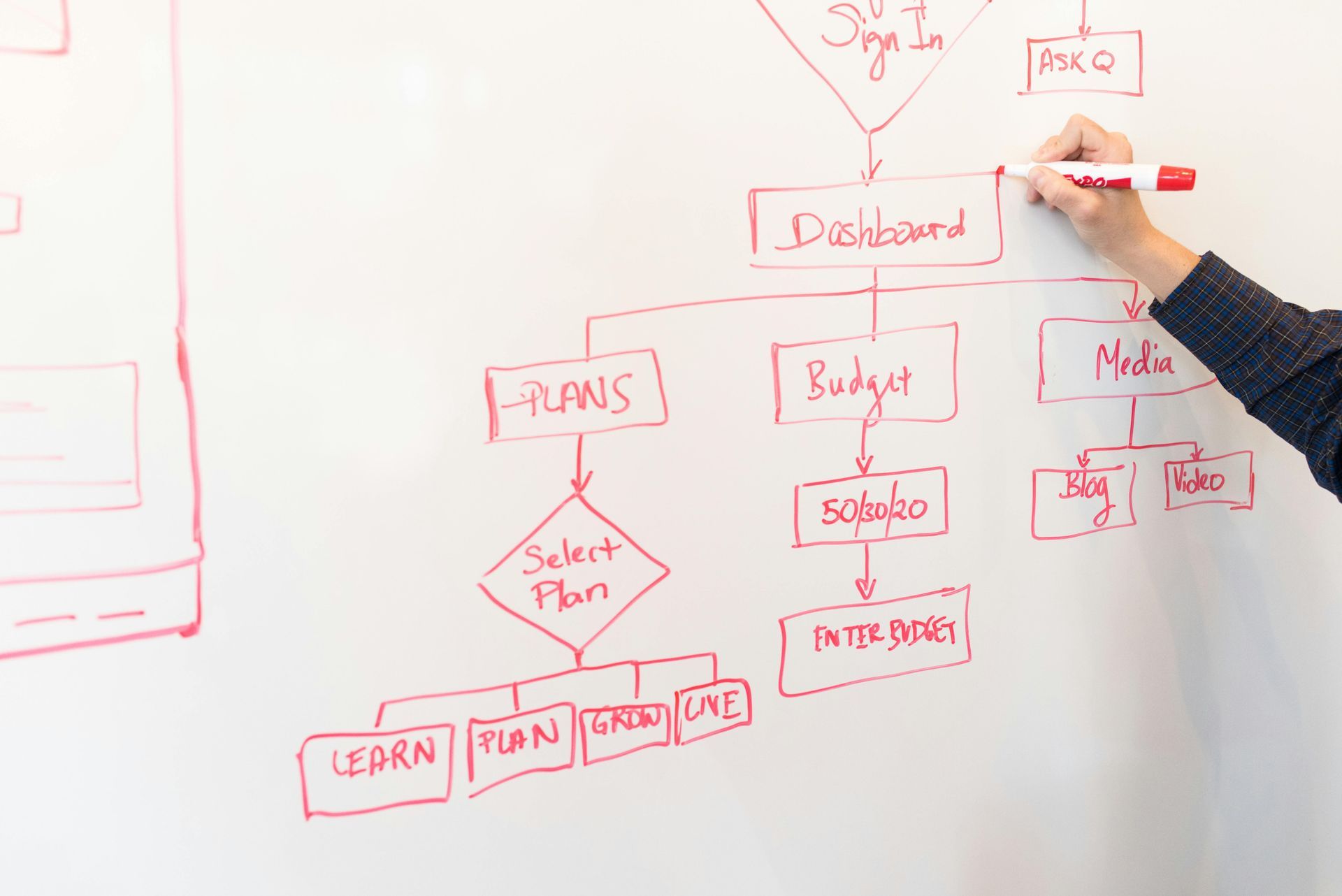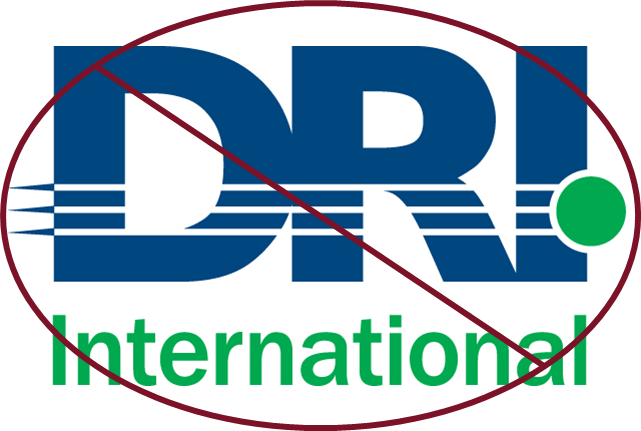The Executive Guide to Business Continuity (Series) - Part 6: A Look Ahead: What's Next for Business Continuity?
Introduction
The field of business continuity (BC) must evolve to meet the demands of modern business. Traditional recovery-focused approaches are no longer adequate in a world of complex risks, frequent disruptions, and heightened customer expectations. To remain effective, BC must transition to a response-driven approach that emphasizes real-time action, operational continuity during crises, and fostering resilience throughout the organization.
For executives, this shift represents more than operational adjustments. It’s an opportunity to protect revenue, maintain trust, and create a competitive edge in an unpredictable world.
Why the Shift to Response Matters
- Preserving Revenue and Trust
Downtime during a disruption can erode revenue, damage brand reputation, and strain customer relationships. A response-focused approach ensures operations continue smoothly, even in the face of challenges.
- Example in Action
An e-commerce company faces a distributed denial-of-service (DDoS) attack during the holiday shopping season. A traditional recovery approach would involve shutting down systems to address the attack, leading to hours of downtime and significant lost sales. In contrast, a response-focused strategy reroutes traffic through a backup server while mitigating the attack, minimizing customer disruption. - Takeaway
By reducing downtime, a response-focused approach preserves immediate revenue and builds long-term customer loyalty, ensuring customers continue to trust and depend on the business.
- Proactive Risk Mitigation
Modern risks, such as ransomware attacks and supply chain disruptions, demand immediate action to prevent escalation. Response protocols offer a proactive framework to address these risks in real time, reducing their impact on the organization.
- Example in Action
A manufacturing firm anticipates supply chain delays due to geopolitical tensions. Instead of waiting for disruptions, it proactively diversifies suppliers and increases inventory of critical components. When delays occur, production continues seamlessly. - Takeaway
Anticipating and addressing risks before they escalate protects core operations and prevents costly disruptions.
- A Strategic Differentiator
Organizations with agile response capabilities can outperform competitors during disruptions. Customers, investors, and stakeholders increasingly prioritize resilience as a key factor in their decision-making processes.
- Example in Action
A financial institution distinguishes itself by communicating transparently during a cyberattack. While competitors struggle to inform customers, this organization uses pre-drafted communication templates, backup customer service channels, and real-time updates through social media. Customers value the transparency and remain loyal to the brand. - Takeaway
Swift, transparent responses during disruptions foster trust and loyalty, positioning the organization as a dependable leader in its industry.
Updating Plans for a Response-Focused Future
To fully embrace a response-driven approach, organizations must review and update their BC plans to reflect modern risks and goals. Executives play a critical role in championing these updates to align with strategic priorities.
Why Updating Plans Is Critical
Outdated recovery-focused plans leave organizations vulnerable to longer downtimes and greater operational impacts. Updating your BC plans ensures:
- Alignment with Current Risks – Plans reflect today’s most pressing threats, such as cyberattacks, climate-related disruptions, and supply chain instability.
- Operational Continuity – Response protocols enable teams to maintain critical functions during disruptions instead of waiting for recovery efforts.
- Stakeholder Confidence – Transparent, well-executed response plans build trust with customers, regulators, and investors.
Key Areas to Update
- Scenario-Based Planning
Develop dynamic scenarios to test real-time response capabilities, such as isolating systems during a ransomware attack or rerouting supply chains during a disruption. - Example in Action
A hospital simulates a ransomware attack disabling its electronic health record (EHR) system. Medical staff practice using manual documentation processes like paper charts and pre-printed patient care forms to maintain continuity of care. Protocols prioritize critical patients, communicate with IT for updates, and leverage alternative communication tools like pagers or secure text messaging. - Takeaway
By simulating real-world scenarios and practicing manual fallback processes, healthcare providers ensure patient care remains uninterrupted, even when technology is unavailable.
- Roles and Responsibilities
Clearly define who makes decisions during incidents and ensure they have the authority to act quickly. - Example in Action
A retail chain assigns specific roles in its response plan: store managers focus on customer interactions, while IT handles technical issues. Clear roles minimize confusion and improve response times. - Takeaway
Defined roles empower employees to act decisively, enhancing agility during disruptions.
- Technology Integration
Incorporate tools like AI for predictive analysis, real-time dashboards for monitoring, and automation to handle routine recovery tasks. - Example in Action
A logistics company uses AI-powered analytics to monitor weather patterns and predict shipping delays. The system suggests alternative routes and notifies customers, minimizing disruption. - Takeaway
Leveraging technology enables faster decision-making and ensures operational continuity.
- Cross-Departmental Collaboration
Engage teams from IT, operations, HR, and communications to ensure a unified response. - Example in Action
During a pandemic, HR ensures employee safety, operations maintain essential functions, and communications keeps stakeholders informed. Unified efforts address all aspects of the disruption. - Takeaway
Collaboration ensures disruptions are managed holistically, strengthening overall resilience.
Leveraging the Power Platform to Transform Response Capabilities
Microsoft’s Power Platform—comprising Power Apps, Power Automate, Power BI, and Power Pages—offers a cost-effective, customizable solution for transitioning to a response-focused approach.
How the Power Platform Drives Response Transformation
- Power Apps for Rapid Response Tools – Build custom apps to report disruptions, track inventory, or log manual data during technology outages.
- Power Automate for Workflow Automation – Automate notifications and streamline data-sharing, ensuring consistent execution of response protocols.
- Power BI for Real-Time Insights – Use dashboards to monitor disruptions and analyze response effectiveness.
- Power Pages for Centralized Communication – Create portals for stakeholders to access updates, submit queries, and find resources during crises.
Example in Action
A global logistics company uses Power Apps, part of their Office 365 subscription, for incident reporting, Power BI for real-time disruption monitoring, and Power Automate for customer notifications. A Power Pages portal centralizes communication, ensuring seamless operations and stakeholder transparency during crises.
Takeaway
The Power Platform provides a scalable, affordable way to enhance resilience and agility across industries.
Leadership’s Role in Building Resilience
Strong leadership is essential for fostering a culture of resilience and ensuring the success of a response-focused approach.
Key Leadership Actions
- Promote Collaboration – Break silos and encourage cross-departmental communication.
- Support Training and Drills – Invest in scenario-based exercises to prepare teams for real incidents.
- Allocate Resources Strategically – Fund BC efforts and invest in technologies aligned with organizational priorities.
- Lead by Example – Actively participate in planning and communicate transparently during disruptions.
Conclusion
The shift from recovery to response is transforming business continuity. By focusing on real-time action, leveraging technology, and embedding resilience across the organization, executives can ensure their companies thrive in the face of disruption. Now is the time to evaluate your BC strategy and adopt tools like the Power Platform to enhance response capabilities, build trust, and maintain a competitive edge in an unpredictable world.
In the next blog, we’ll delve into strategies for fostering a culture of resilience throughout the organization and the pivotal role executives play in driving and sustaining it.











